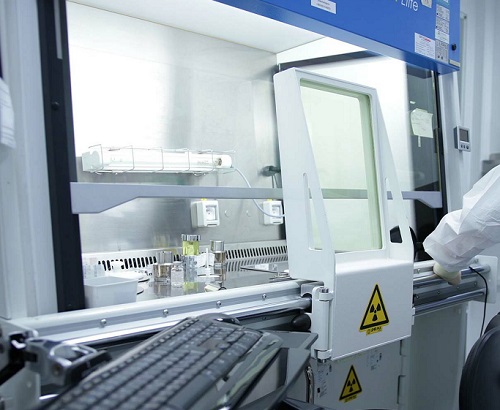MSBs or (Microbiological Security Cabinets) are an integral part of many laboratories, mostly with few cabinets functioning various types of experiments.
As the floor area is the topmost thing in all the laboratories, it's very important that Microbiological Security Cabinets are placed perfectly to make sure that the functioning or performance is at its best, while maintaining safety.
The inside of the laboratory must be designed in such a way that will keep the area near the MSCs empty mostly with less people coming to that area.
Other than that, the placement of doors, windows, sections etc are also very crucial. The structure of the furniture and independent tool can be in a lab which is free from all the clutter and can be Sanitized easily with all the cabinets working at their best conditions.
Now, Other than the functioning of the machine, it is very important that the workers have all the area required to work effectively and safely, and it's also important that enough space is provided for the better air supply in the cabinets as well for better performance.
Here are some things we need to look after, when it comes to designing and placements of MSGs, for make our tasks produce better results:
1: The uninterrupted area of at least 1000mm must be kept free at all costs near the cabinet.
There are two advantages of this, first is that the operator has enough space to do the operations safely and freely, and second thing, this will help the cabinet in having a proper air supply which will maintain the quality of the work in it.
2: It’s a must to keep at least 300mm of distance between the cabinet and neighboring walls. It may look appealing to put the cabinet right against the wall, to keep the floor area preoccupied, but keep in mind that this will cause problems with air supply to the cabinet.
3: Put the cabinets at minimum 2000mm from facing walls. Here is another example of why it's important to keep the empty area. It has double advantages for work space and provides benefits in efficient work and provides help in unrestricted flow of air in the cabinet.
4: The positioning of the safety cabinets must be a minimum of 1500 mm far from facing bench tops or spaces where traffic is less.
Where you put the benches in comparison to the cabinets must be taken care of; if the traffic is more near the bench space, it would affect the air supply to the cabinet.
5. The maintenance of 1000mm minimum is a must in between a cabinet and benchtop while having a wall perpendicularly.
6. If 300mm distance is maintained in the columns, this will keep the interruption away in the air flow, columns will also help in determining the pathways for air flow.
7. When you have cabinets facing each other, you must keep a minimum of 3000 mm distance in them. Deployment of the cabinets is very rare when done with segregation, so this must be considerable for the perfect performance, their interconnection is crucial.
8. This is exactly the same as, when you consider placing them on each other's sides, where 1000mm distance is kept between the cabinets and the wall at all times.
9. When the two cabinets are kept in the corner space of the lab or work area, that causes more problems. So always maintain 1200mm distance at all costs in between the cabinets to avoid unnecessary problems.
According to the guidelines provided by National Institutes of Health and British Standards Institution, it is also recommended to keep the positions that must avoid, such as:
- There place where there will be a pathway for the entrance, near the cabinet
- Placing the bench tops, at the side of the cabinet right attached to each other.
- Keeping the work area cluttered with a lot of stuff and too much foot traffic will badly affect the flow of air around the cabinets.
Keeping lab staff and product samples safe is always the number one priority in any laboratory environment.
The safety of the product specimens and staff members is the top priority in every lab. Correct placement of the tools machines, and also proper designing of the lab is a must but if you take all the provided rules and regulations, you are at low risk when it comes to mishappenings in the laboratory. It will also increase your productivity levels, keep both staff and equipment at their best level when it comes to performance.







 (2).png)
.png)


 (1).png)
.png)